Review: London rises to Mahler’s Beethoven remix
OrchestrasAt the Royal Festival Hall last night, Vasily Petrenko conducted the Royal Philharmonic Orchestra in Mahler’s controversial reinstrumentation of Beethoven’s ninth symphony.
Tony Sanderson was there for Slipped Disc:
Freude! Beethoven Nine – the Mahler Remix
Vasily Petrenko explained in a short address to the audience before the start of the performance of the symphony that Beethoven’s Ninth had pushed symphonic music to the boundaries of what was possible. Mahler added a tuba, a second timpanist; he doubled the number of French horns and thickened the scoring of woodwind and strings to accentuate climaxes; he also added counter-melodies and made deletions.
Not surprisingly, the Vienna premiere of Mahler’s reworking was called a forgery. However, there were no such qualms last night in London’s Royal Festival. The audience stood as one in their approval the end of the performance. Mahler certainly achieved what he had set out to, the climaxes were more stirring than ever, the energy given by the second timpanist helped the sense of dramatic propulsion in the first movement and the finale had extra impact with a the crescendos that brought the house down but the excellent Bach Choir rise majestically over the orchestra.
Tenor Nicky Spence and bass-baritone Matthew Brook gave facial expressions of joy that matched the music. Vasily Petrenko conducted with real drive and energy. I have never seen someone’s arms move so fast as in the final coda. The serene third movement was played beautifully but never lingered. Well Vasily, go on and take this on tour.
Sir Andrew Davis was scheduled to direct the performance, but was too ill to appear. He had devised a first half, which included the overture to Fidelio and four Des Knaben Wunderhorn songs. Each singer sang one song in turn, and it was striking to hear Mahler’s delicate orchestrations again. I would single out Matthew Brook’s rendition of St. Anthony of Padua’s Sermon to the Fish, which suitably witty expressions ending with a shrug of the shoulders on remarking that none of the fishes’ behaviour had changed as a result of the sermon.
pictured: Mahler conducting Beethoven 9th in Strasbourg.

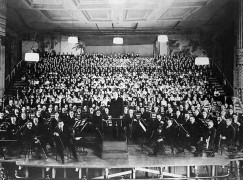
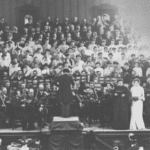
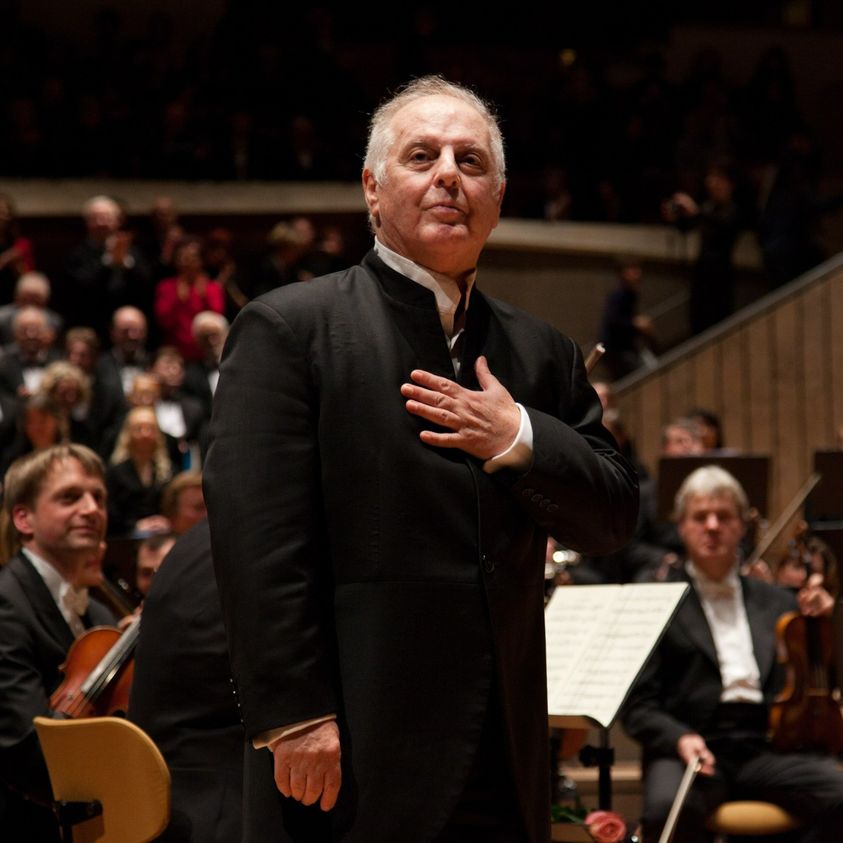
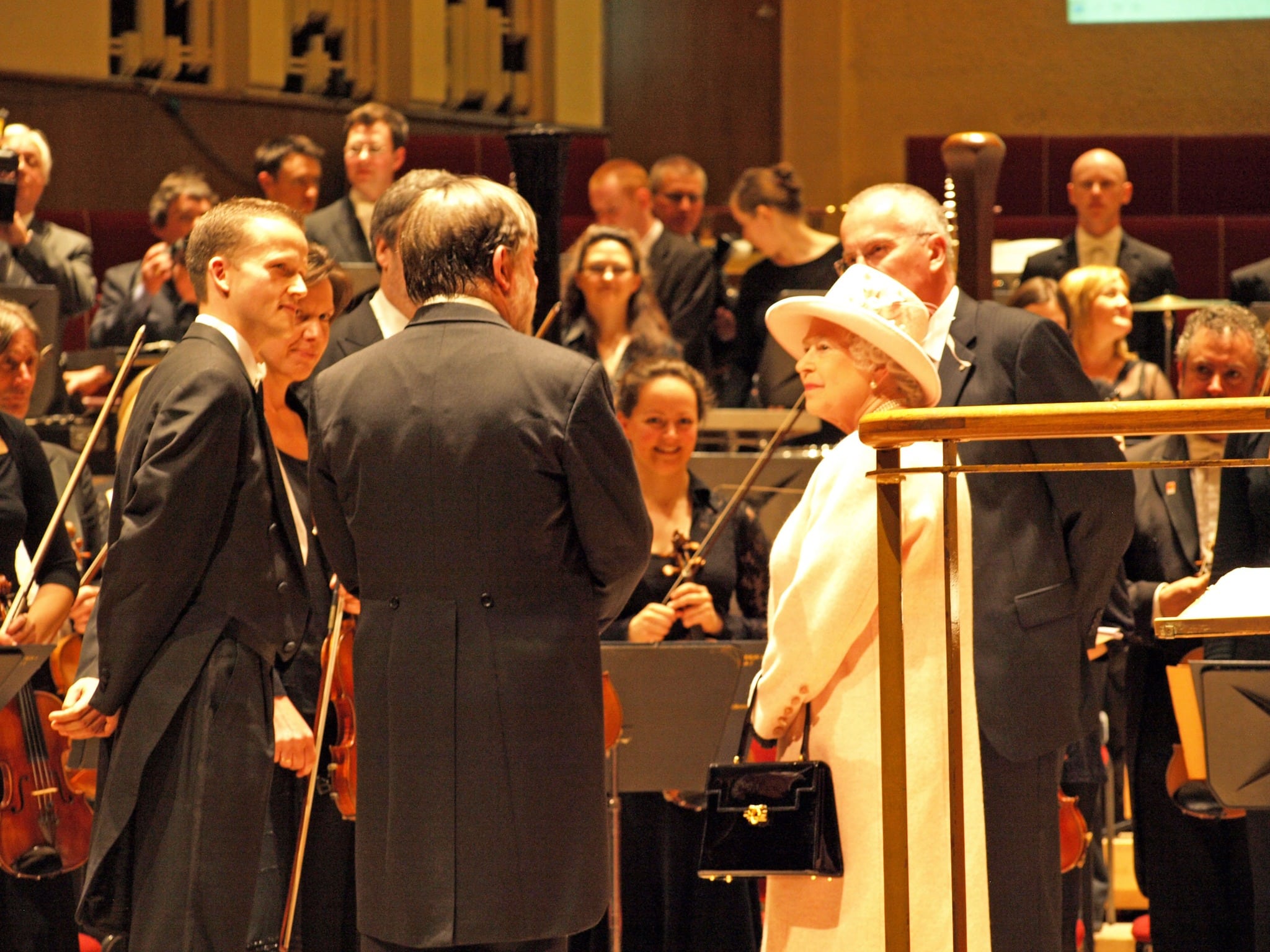
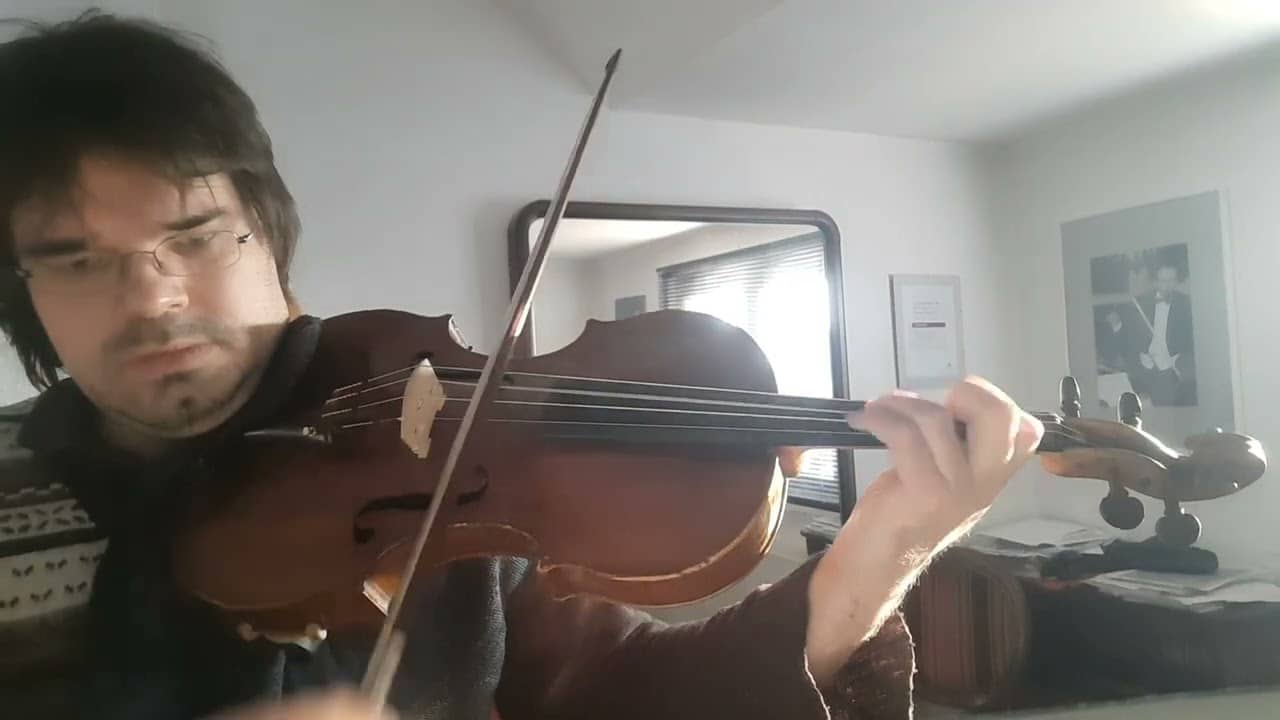
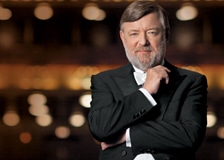
“The audience stood as one in their approval the end of the performance.”
Oh dear, the selfishness of standing ovations: by standing to clap, I deny those behind sight of the bows unless they stand, too.
So long as they can keep quiet and still during the performance, and don’t burst out microseconds after the performance ends, I can live with it.
But yes, they are often performative.
This question is not sarcastic: can I ask what is meant by performative here? I see the word used a lot; perhaps, as a former philosophy academic, my mind is too disposed to read it in terms of J.L. Austin’s phrase “performative utterances”. That doesn’t seem to be what is meant. Does it mean that the audience may not be genuinely impressed by the performance but like to be seen to be doing keen applause properly?
IMO, some audiences, particularly for high-profile, high price, or celebrity concerts, have status higher on their agenda, and feel the need to draw attention to their presence at the end by putting on their own performance. It is not primarily to show appreciation.
Having said that, I don’t subscribe entirely to the “there to be seen” argument. It doesn’t follow that they can’t also enjoy the music.
As a child the only time I ever stood to applaud was for Nureyev and Fonteyn at the Garden a truly memorable performance. Now as Paul says everyone does and blocks the view of patrons sitting behind so that they have to stand too. I suppose because Americans do it we have to?.
I’ve only been going to concerts for past 10-15 years, mostly in the US. Only maybe a handful of times when there wasn’t a standing ovation after the complete concert. And those felt quite awkward, nearly like a disapproval of the performance at this point when standing is the convention here.
That being said, in most cases it’s still easy to tell if a standing ovation is for wholehearted appreciation of the performance, or in other cases just to stretch the legs, put on the coat and get ready to leave
I can see from the stage…standing ovation is perfect opportunity to put on the coat, grab the keys, cellphone and make a mad dash to the car
I attend Charlotte Symphony concerts in North Carolina. The eternal standing ovations are embarrassing. I guess that’s because this is a (American) futbol culture, they think they’re in a stadium. Or, loyal fans think the appreciation mandatory due to not enough support to classical music; or, too provincial (in terms of exposure to symphonic music) audience and town? Whatever the reason it’s embarrassing, sigh!
And in Holland too …. all on their feet in seconds whatever has taken place. So very tiresome.
I was there too & certainly didn’t stand ‘as one’. It was ok, in Petrenko’s usual briskly unsubtle way. The violins weren’t divided left & right – which didn’t help – neither did the paucity of repeats. As to Mahler’s input I’d want to hear a better performance before venturing an opinion. Certainly the second set of timpani seemed rather superfluous, I only noticed it being played once, at the climax of the first movement.
I can imagine that Beethoven would have had few objections, if any, to the instrumentation changes… but I wonder what he’d have thought of Mahler’s new counter-melodies.
Where can one find a score to this curiosity? B.T.W. George Szell used two timpanists in the first mvt of the 9th – at least when he conducted the New York Philharmonic…..
I picked up the Josef Weinberger Ltd. printing at Doblinger Music in Vienna. It’s not that hard to get. The Schott music store on Great Marlborough in London would have no trouble getting it. There’s a long out-of-print recording on the Bridge label. Leonard Slatkin did it, too and it’s too bad he didn’t record it.
I own very good recording of Mahler’s ‘retuschen’ on the Preiser label, with Kristjan Jarvi conducting Vienna’s Tonkunstler Orchester. It’s not as radically different as the article may make you feel. The most noticeable difference is that Mahler has his Turkish janissary band in the finale, begin offstage and gradually come forward. This is very consistent with Mahler’s own usage of offstage brass in “Das Klagende Lied”, and in his Second Symphony. It’s interesting touch. Not better, but just interesting and effective.
https://www.amazon.com/Symphony-No-9-Beethoven/dp/B002UCTA98/ref=sr_1_1?crid=12FQHQ6CKNY7O&keywords=beethoven+9+jarvi+preiser&qid=1679601943&sprefix=beethoven+9+jarvi+preiser%2Caps%2C235&sr=8-1
A horrible orchestration
Mahler knew what he was doing.
Beethove even more so.
Why a picture of Stokowski and the Philadelphia Orchestra before a performance of Mahler’s Symphony of a Thousand in 1916?
Stokowski’s re-touching of Beethoven’s 9th was comparatively modest and self effacing. There is a moment for trumpet very near the very end of the piece where, in the original, the trumpet abruptly drops out because … well evidently there are just some notes the normal trumpet of Beethoven’s time could not do. But they can now and Stokowski’s recognition of that fact in this particular instance makes a certain amount of very practical and very musical sense.